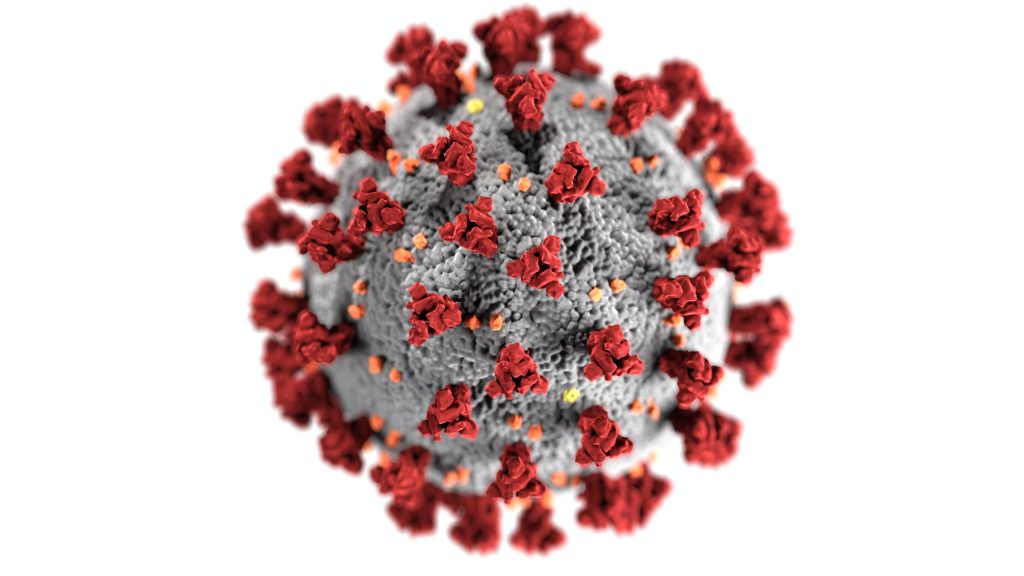Rest for Knee Pain: Your Comprehensive Guide to Alleviating Knee Discomfort
Introduction Dealing with knee pain can be a cumbersome experience that affects your daily life and mobility. Whether your knee pain stems from an injury, overuse, or an underlying medical condition, finding effective ways to alleviate the discomfort is essential. In this article, we’ll delve into various methods for alleviating knee pain, ranging from simple […]
Rest for Knee Pain: Your Comprehensive Guide to Alleviating Knee Discomfort Read More »










